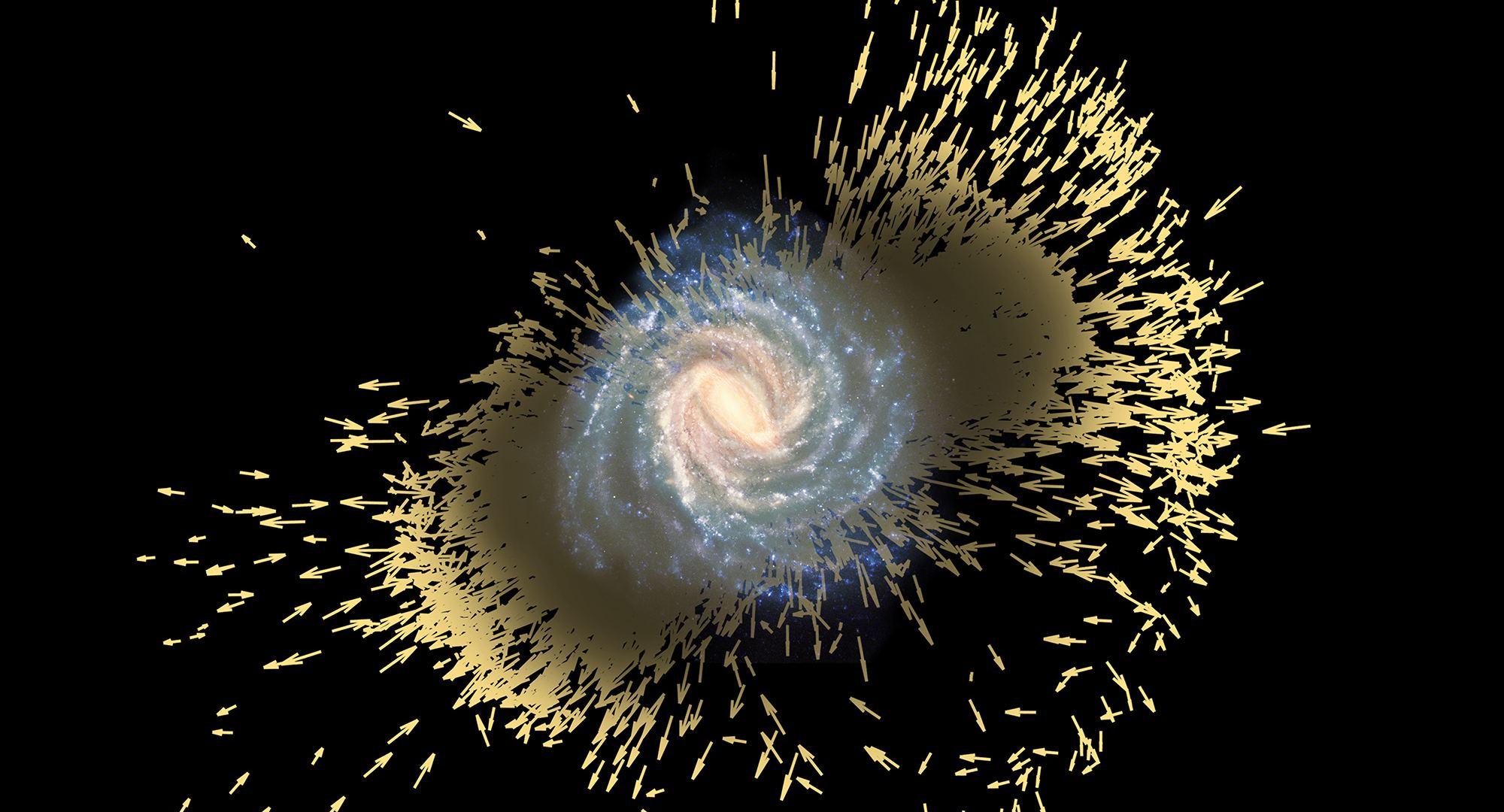
Original | Brian Koberlein
Translate | Linvo
One of the cores of galaxy evolution is: eat or be eaten.
Dark energy struggles to separate galaxies, but gravity tries to pull them together. As a result, galaxies tend to form local clusters of galaxies. These superclusters have become more isolated due to the expansion of the universe, and due to their mutual gravitational pull, the largest galaxies will swallow smaller galaxies over time. The Milky Way is one of the larger galaxies in our local group, so it has swallowed many smaller galaxies in the past. But to piece together which galaxies the Milky Way has eaten is a real challenge.
A recent study showed that thanks to the Gaia detector, we learned a lot. The results, published in the Astrophysical Journal, found the large galaxy that had recently merged with the Milky Way.
Based on earlier observations, we know that many remnant stars from galaxy collisions will eventually enter the Halo of the Milky Way. It's a roughly spherical collection of stars that surrounds our galaxy. The most recent merger appears to have occurred in a small galaxy called GSE, about 80-10 billion years ago. But not much is known about the merger. For example, will GSE orbit the Milky Way before a collision and then be torn apart by tidal forces in our galaxy, or a more direct head-on collision?
To answer this question, the team used Gaia's observations of stars inside the Milky Way's halo and combined the data with an outer edge survey of the Milky Way known as the "H3 Survey." This gave the team a good idea of the position and motion of halos. They then performed numerical simulations of various hypothetical collisions between the GSE and the Milky Way. They found that the most suitable model was a galaxy of about 500 million stars that collided with the Milky Way in the opposite direction of rotation. It's a more direct collision. Based on this model, about half of the halos in our Galaxy, and about 20 percent of the dark matter halos, come from this collision.
The globular cluster NGC2808 may be the remnant core of the GSE
The merger with the GSE is the main reason for the Milky Way's mass growth over the past 10 billion years. This is the equivalent of a hearty breakfast for our galaxy. Later, there will be other foods on the menu, including the Great Magellanic Cloud, all of which are close to the Milky Way. Then, of course, when the Milky Way and the Andromeda galaxy collide in about 5 billion years, there will be a hearty meal.
Milky Way and Andromeda Galaxy Merge (Hypothetical Image)
original:
https://www.universetoday.com/154007/the-milky-ways-most-recent-meal-was-a-galaxy-it-gobbled-up-8-10-billion-years-ago/